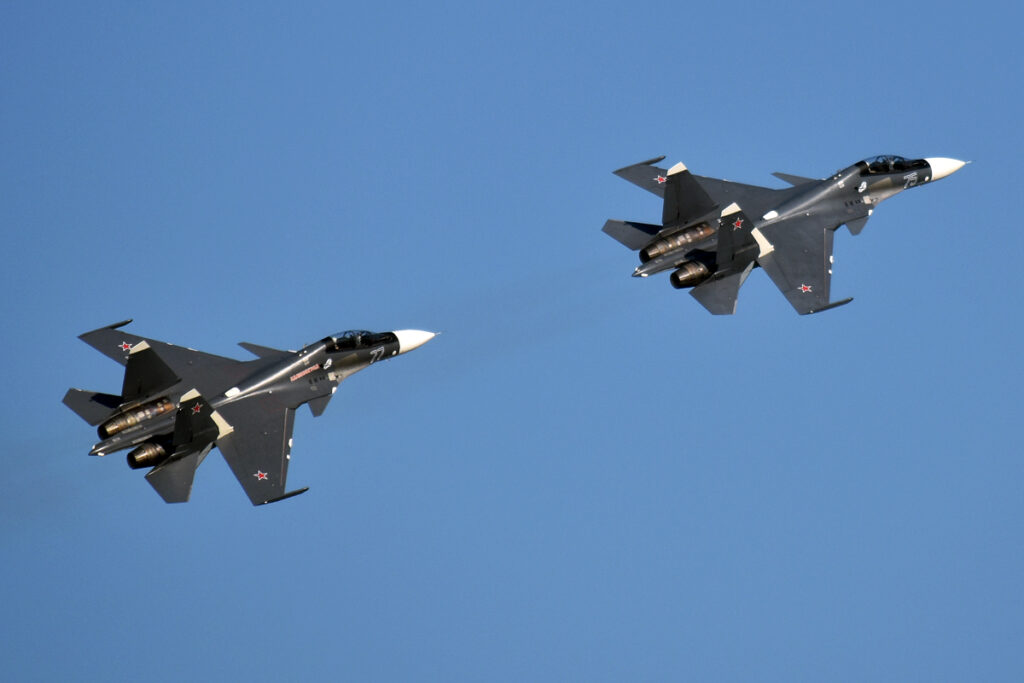This American-made missile is Ukraine’s cheap refinery smasher
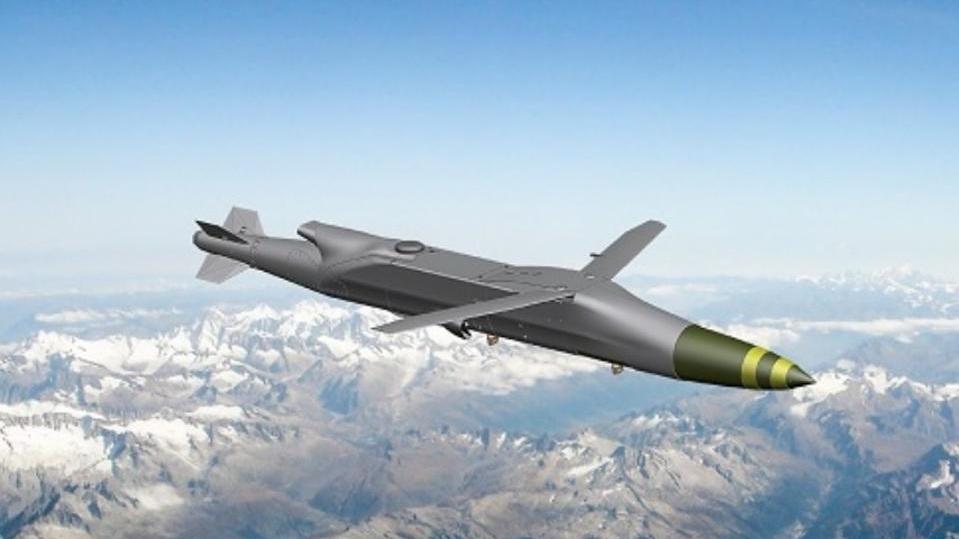
Ukraine is escalating its attacks on Russia’s oil refineries, hitting 10 of them in recent days and throttling the Russian oil industry’s refining by more than a million barrels per day. That’s 14% of output.
But refineries can be repaired. And Russia’s sprawling oil sector has excess capacity that could help it compensate for damage from Ukrainian raids. “Russia has a lot of these inactive refineries, and Russia is able to switch to some of them if needed,” Finnish analyst Joni Askola noted.
To make lasting dent in Russia’s most important industry, Ukraine needs to strike more often with more damaging weapons. At present, most oil raids and other deep strikes are carried out by slow, propeller-driven drones ranging fewer than 1,000 km with warheads weighing just 50 kg or so.
The drones that Ukraine has been using are just not enough because they’re quite easy to shoot down and also their warheads are quite small, as well,” Askola pointed out. It’s crucial for Ukraine to get more and better munitions “with enough range, but with a bit bigger warheads.”
The harder-hitting munitions are coming. Ukrainian companies have developed at least two new cruise missiles—the 6,000-kg Flamingo and the approximately 1,000-kg Long Neptune—that could extend the reach and effect of the oil raids. The Americans are helping, too, with a mysterious new cruise missile called the Extended Range Attack Munition.
The enormous Flamingo, traveling as far as 3,000 km with a 1,000-kg warhead, would hit the hardest and farthest targets. Right now, Ukrainian firm Fire Point is building one Flamingo a day. It aims to ramp up production to seven missiles a day by October.
The Long Neptune, ranging 1,000 km with a 150-kg warhead, is for closer and less durable targets. It’s unclear how many of the missile the Luch Design Bureau can build.

Smallest missile
The American ERAM is the smallest of the bunch. It weighs just 1,100 kg and ranges at least 400 km. But in the short term, it may also be the most numerous. The administration of the former US President. Joe Biden launched the ERAM program in 2024, and the administration of the current US President. Donald Trump recently gave final approval for Ukraine to receive 3,350 of the small missiles. Deliveries should start in the coming weeks.
We don’t know much about the ERAM except that, in contrast to the ground-launched Flamingo and Long Neptune, the American munition is air-launched. The Ukrainian air force’s ex-Soviet Sukhoi and MiG jets, ex-European Lockheed Martin F-16s, and ex-French Dassault Mirage 2000s are all compatible with an array of precision munitions.
It’s possible the ERAM is broadly similar to the Powered Joint Direct Attack Munition developed by US defense giant Boeing. The PJDAM takes a standard satellite-guided bomb and adds pop-out wings and a tiny Kratos-TDI-J85 turbojet engine. At the low cost of just $30,000, a 220-kg PJDAM ranges as far as 500 km. Most of the PJDAM’s weight is explosive fill, making it much more damaging than Ukraine’s current deep-strike drones.
It would make sense for the US to provide Ukraine with an ERAM based on the PJDAM, as Ukraine already possesses freefalling JDAM bombs and gliding JDAMs with pop-out wings. Adding a small engine to the same basic munition shouldn’t significantly change its compatibility. Any Ukrainian jets that can carry JDAMs should also be able to carry ERAMs.
To strike Russian refineries with the same intensity that Russia strikes Ukrainian cities, Ukrainian forces need to launch hundreds of munitions several times a week. They can’t all be Flamingos and Long Neptunes, which might cost hundreds of thousands of dollars apiece. Nor should they all be the cheaper, but lighter, attack drones that are most common today.
Cheap but powerful, the ERAM is the middleweight missile Ukraine needs to intensify attacks now. The wrinkle is that the US Defense Department under Trump has reportedly barred Ukraine from striking Russia with certain American-made long-range munitions, extending similar bans put in place by Biden.
It’s unclear whether that policy would also ban deep strikes with ERAMs.

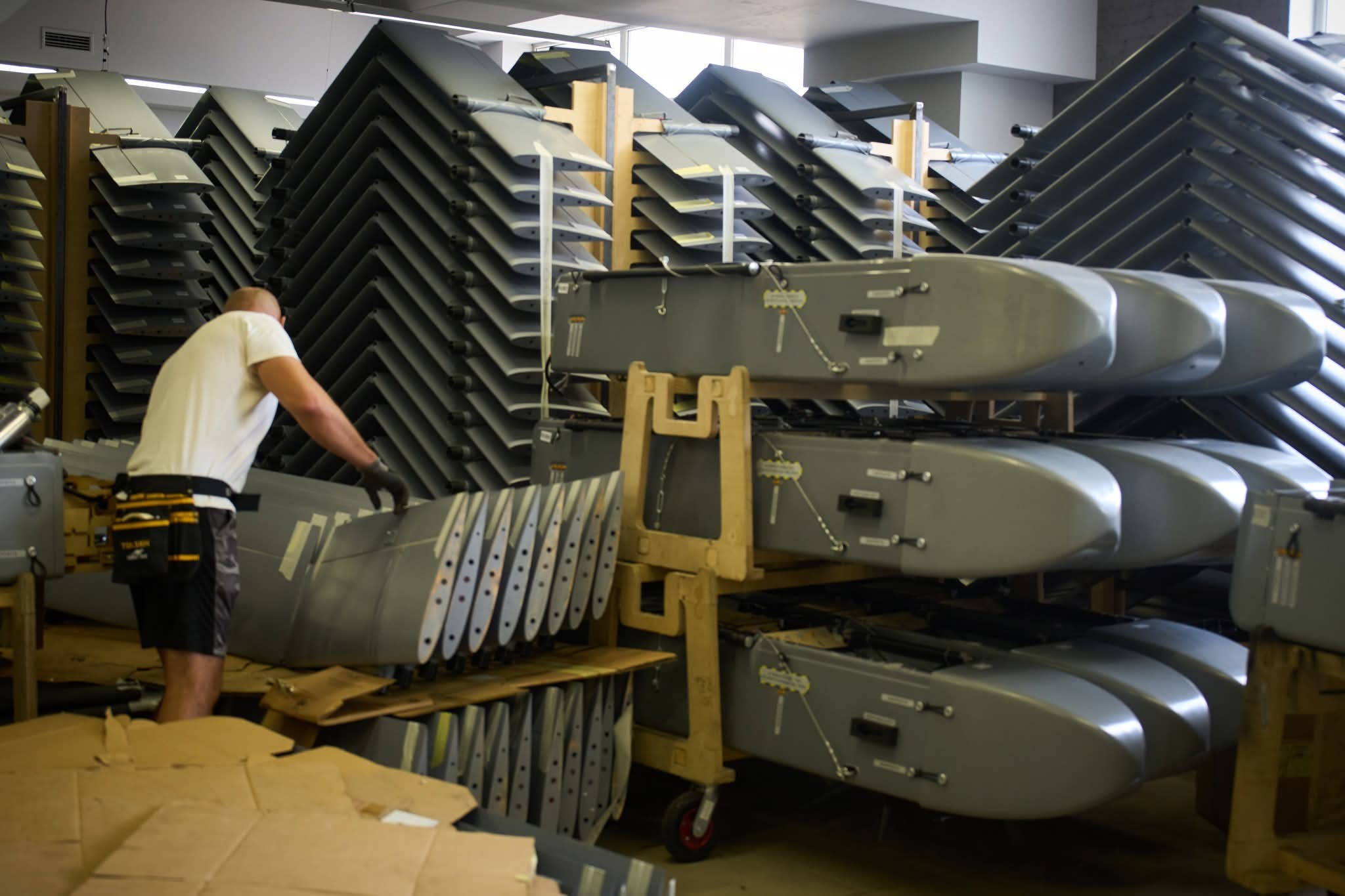

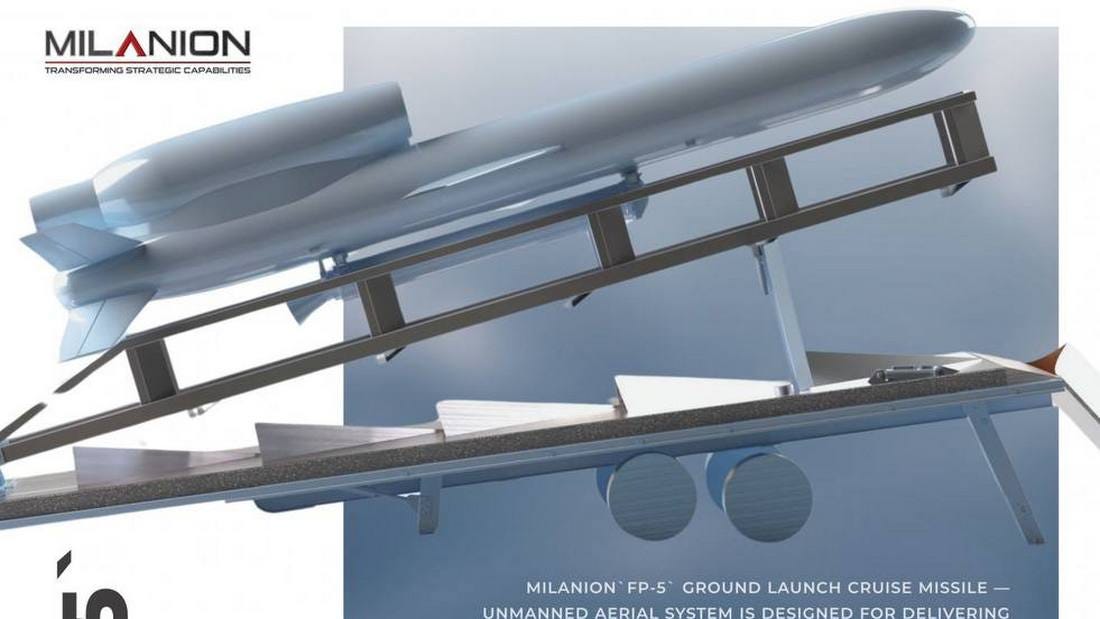
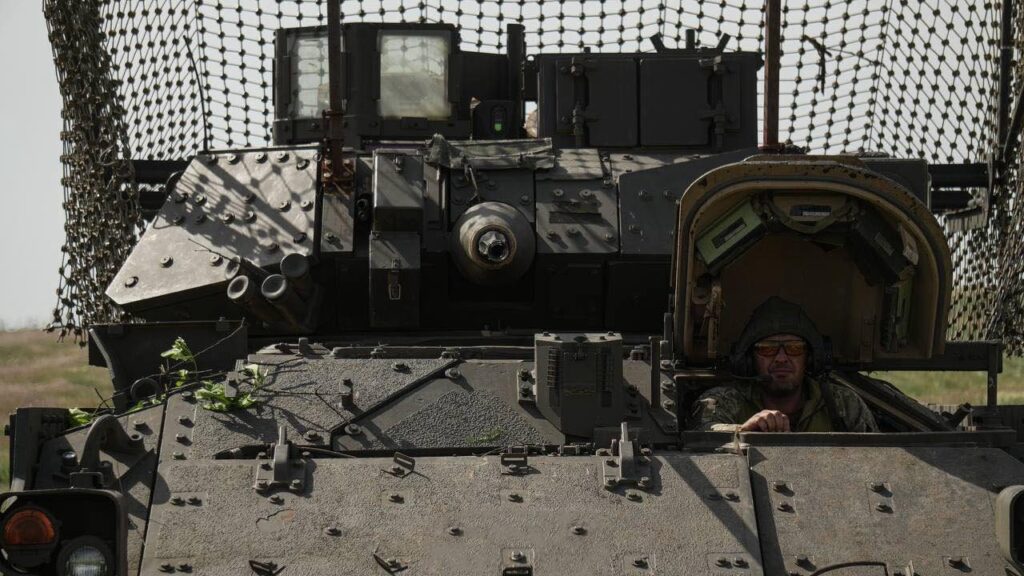
 Донеччина. Дорога під контролем — Bradley штурмового батальйону 225-го ОШП косять посадки, де сидить противник.
Донеччина. Дорога під контролем — Bradley штурмового батальйону 225-го ОШП косять посадки, де сидить противник. The road is under control — Bradley IFVs of the assault battalion of the 225th Assault Regiment are clearing out the tree lines where the russians are hiding.
The road is under control — Bradley IFVs of the assault battalion of the 225th Assault Regiment are clearing out the tree lines where the russians are hiding. 


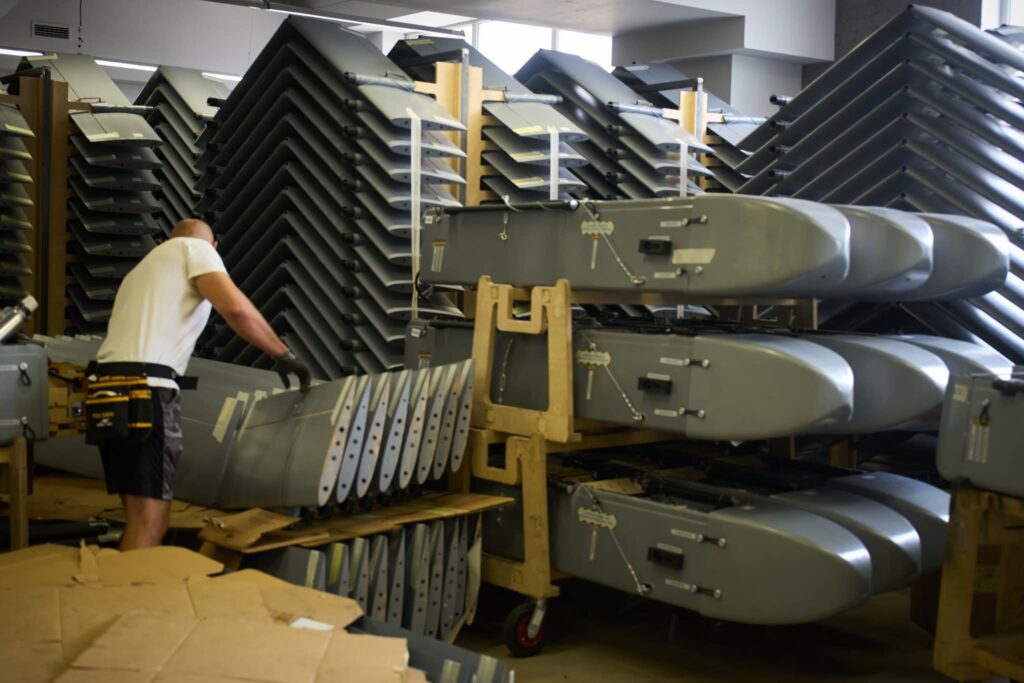
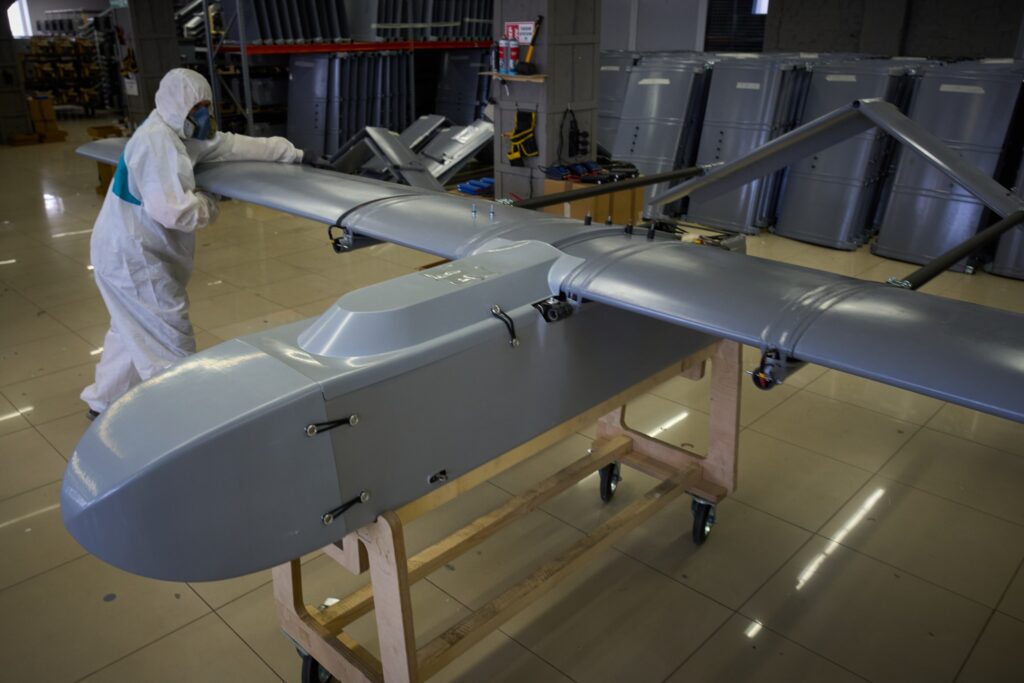




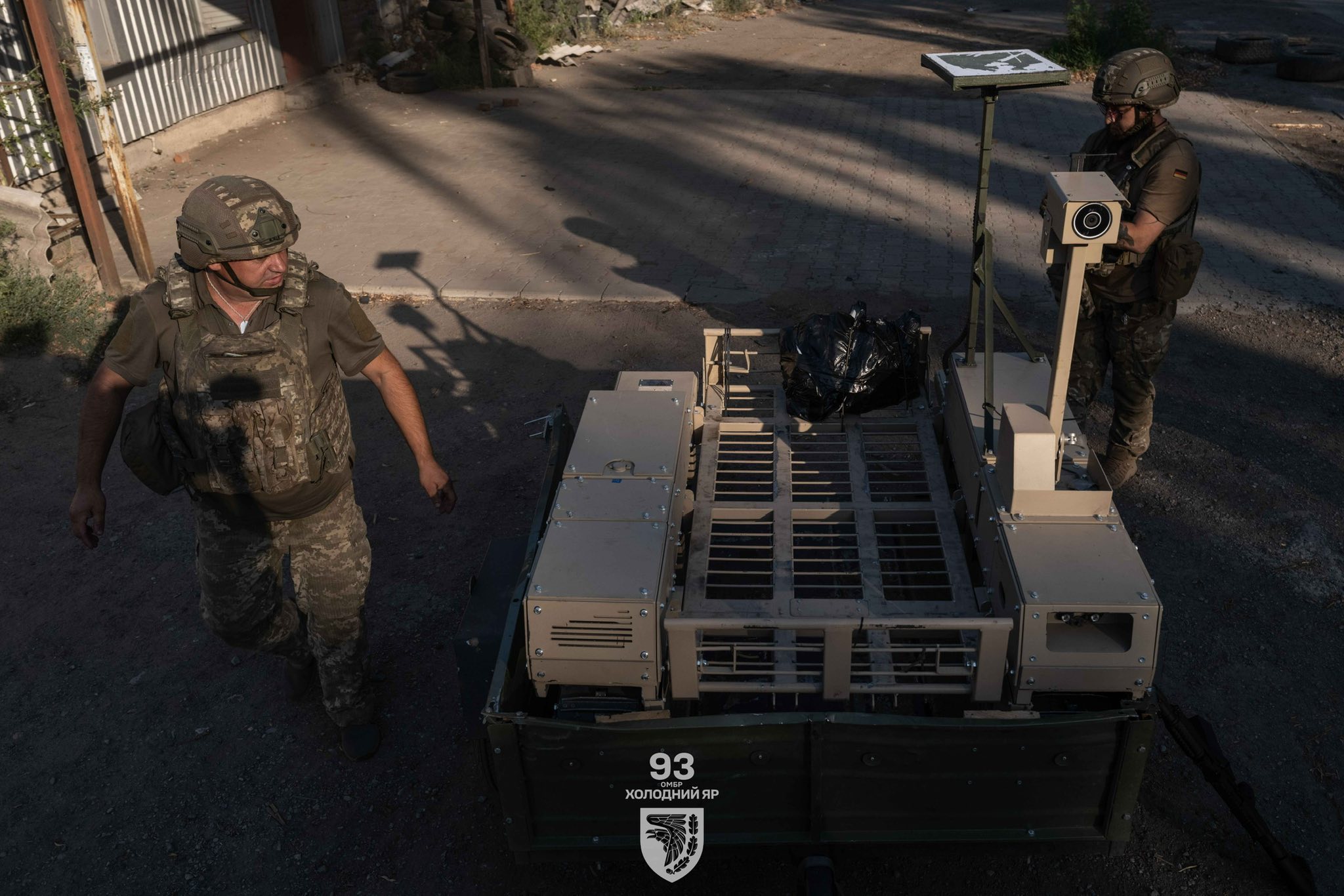


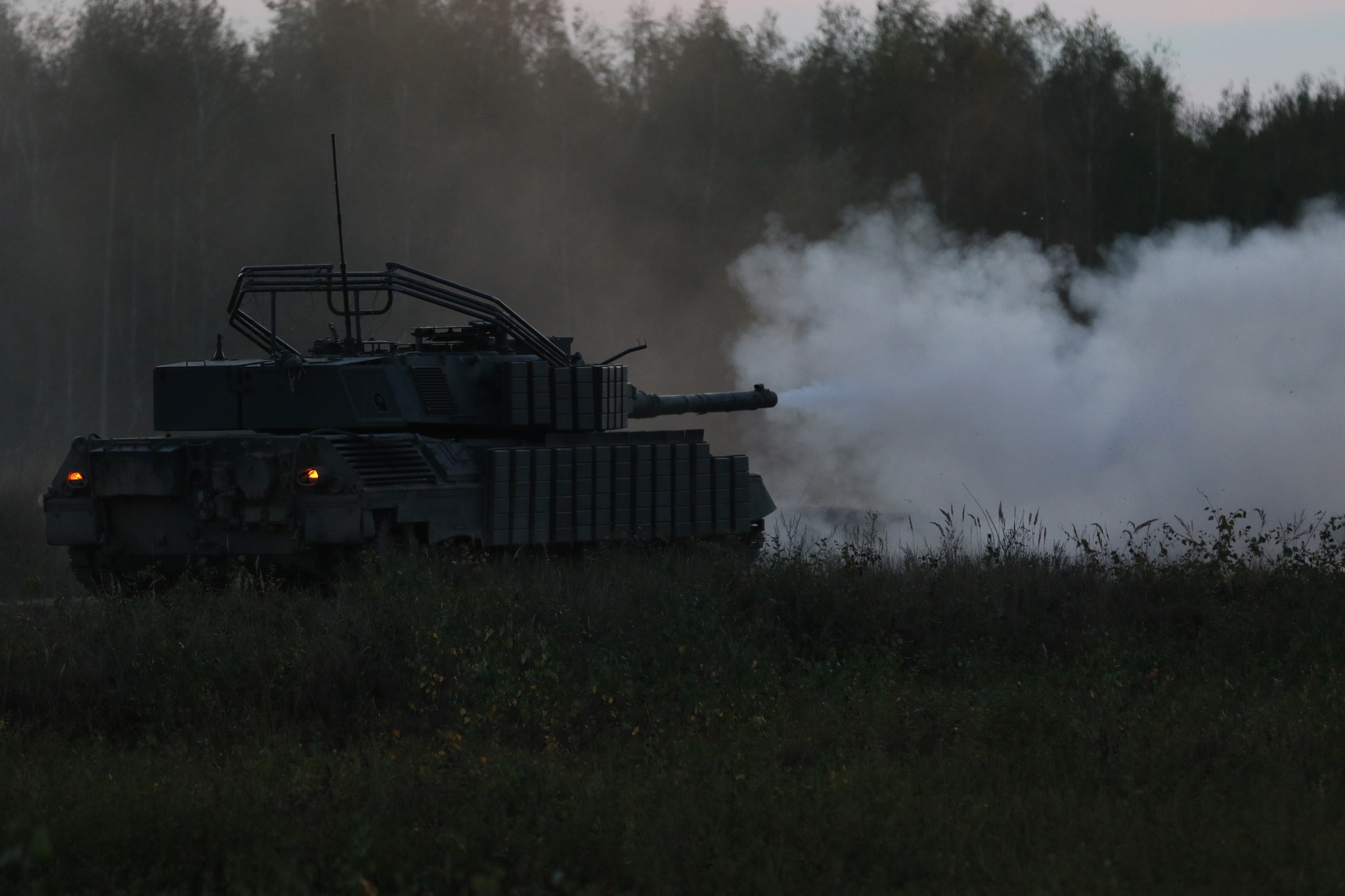




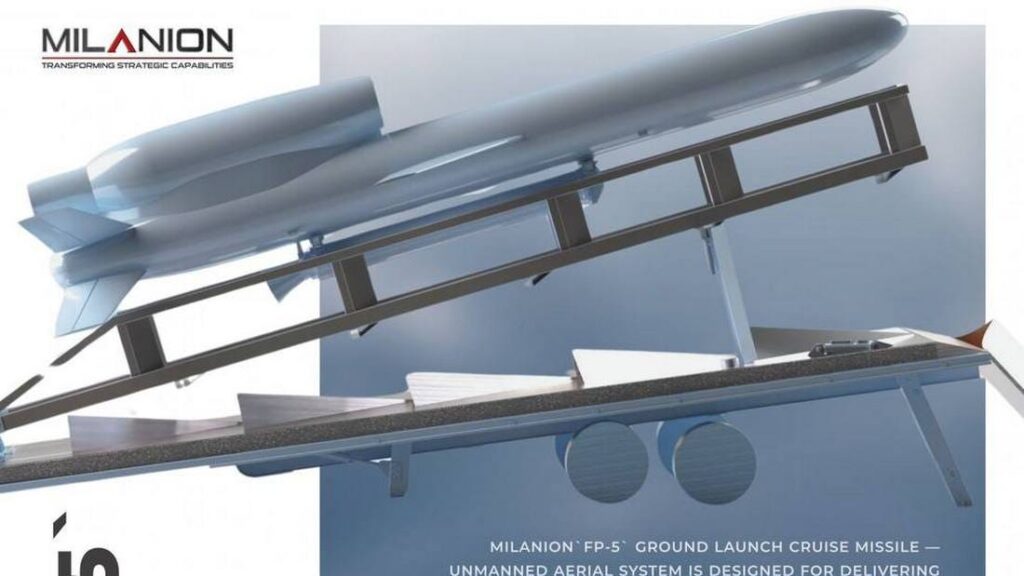
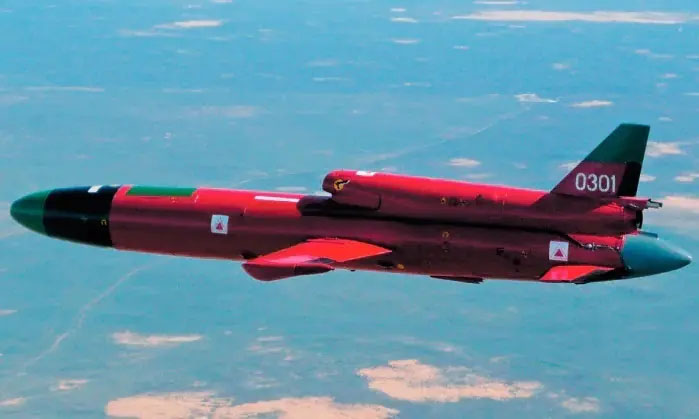
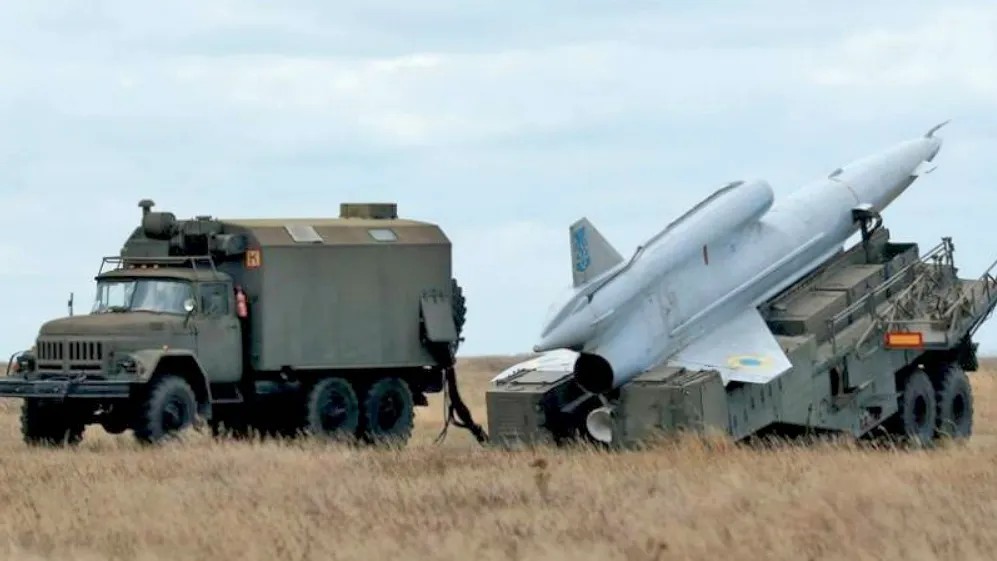




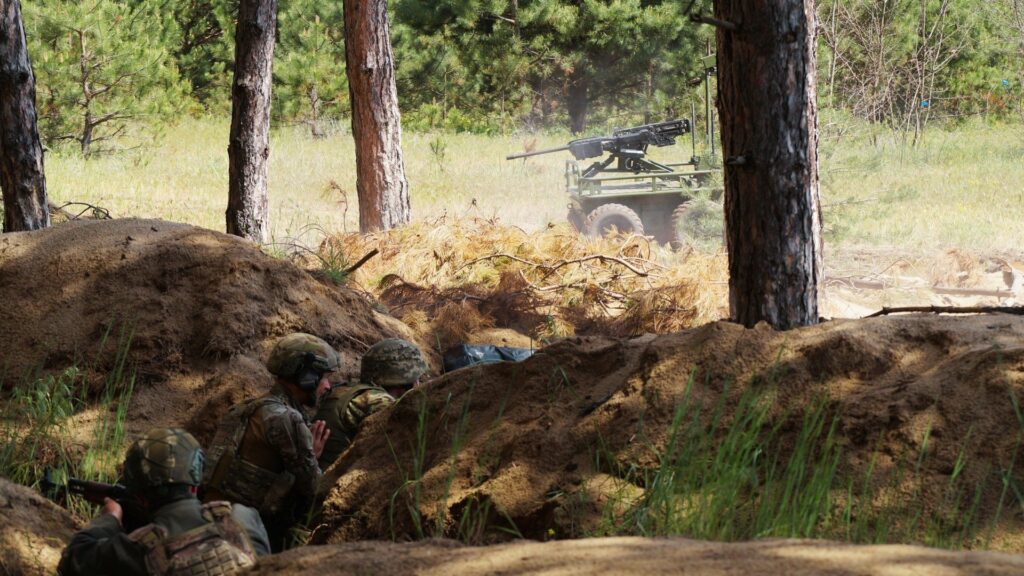
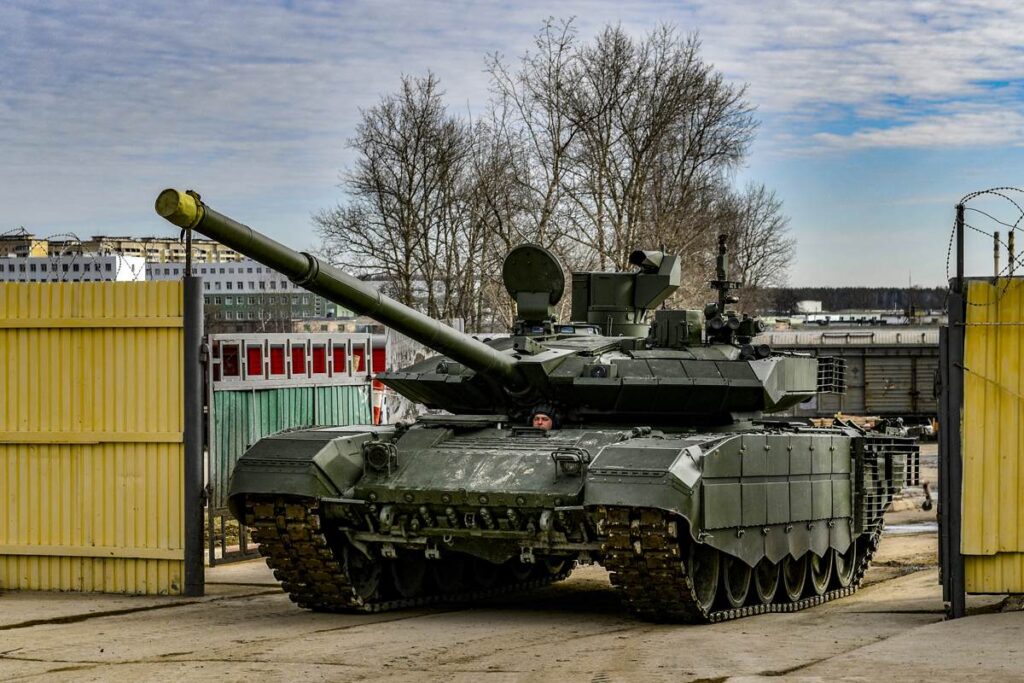


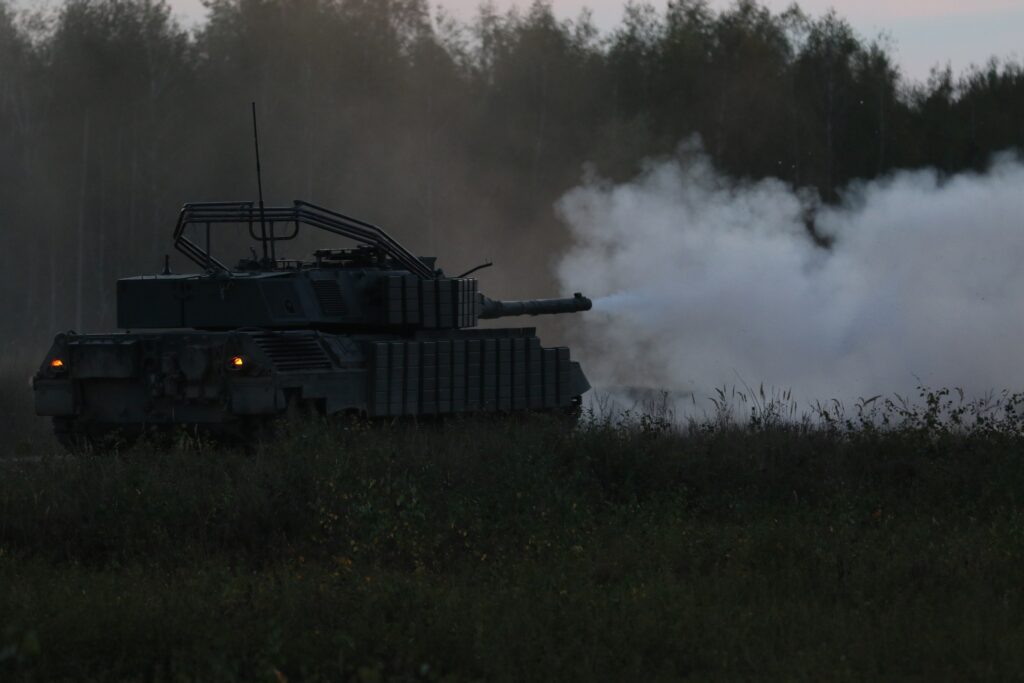



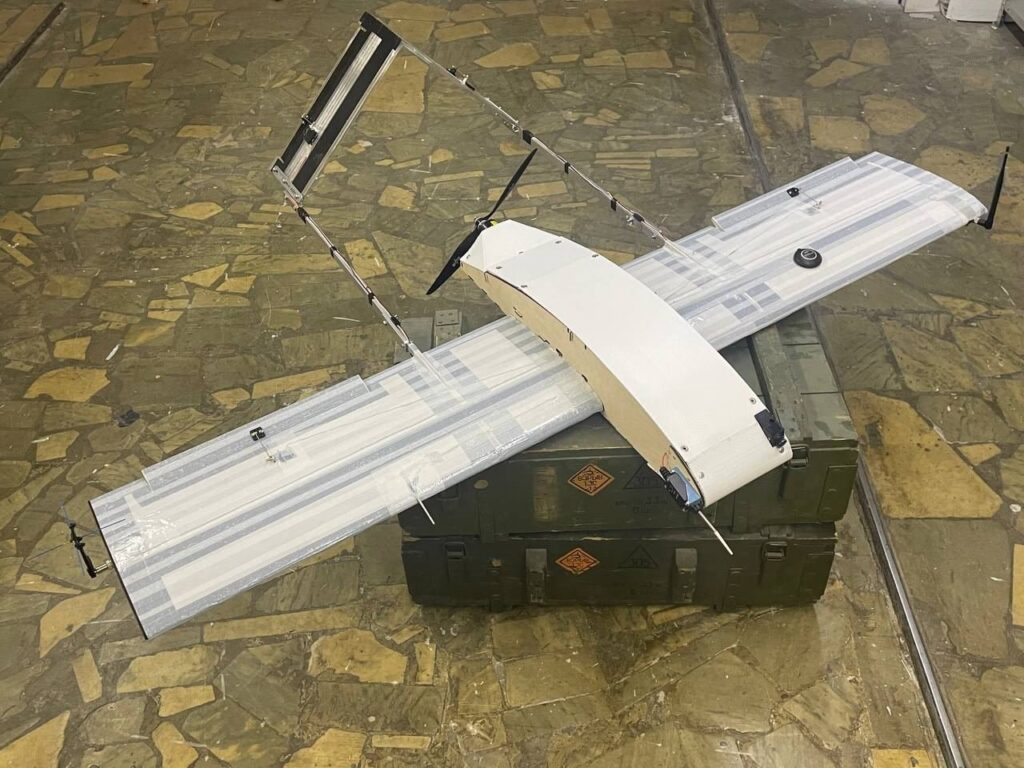









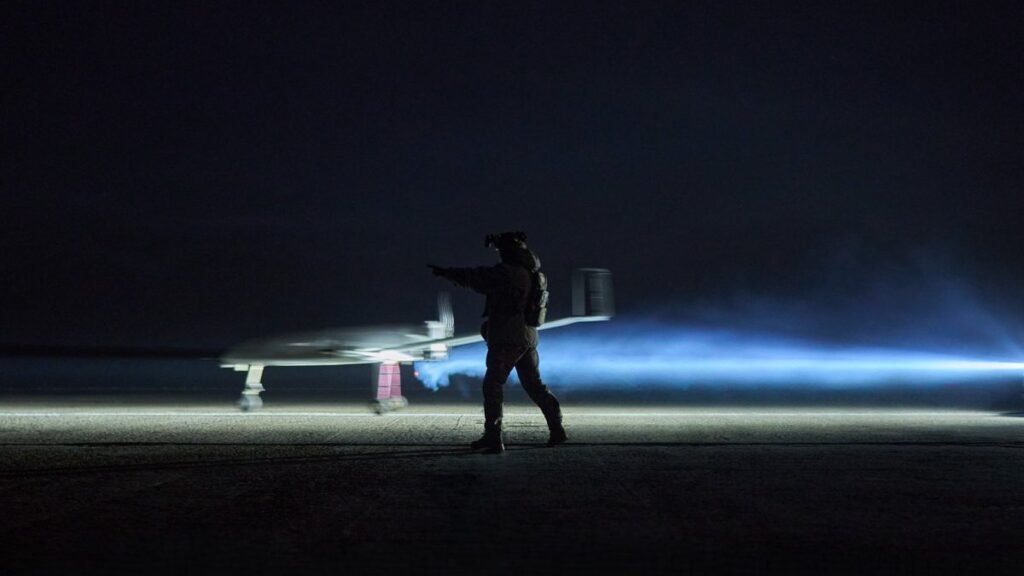
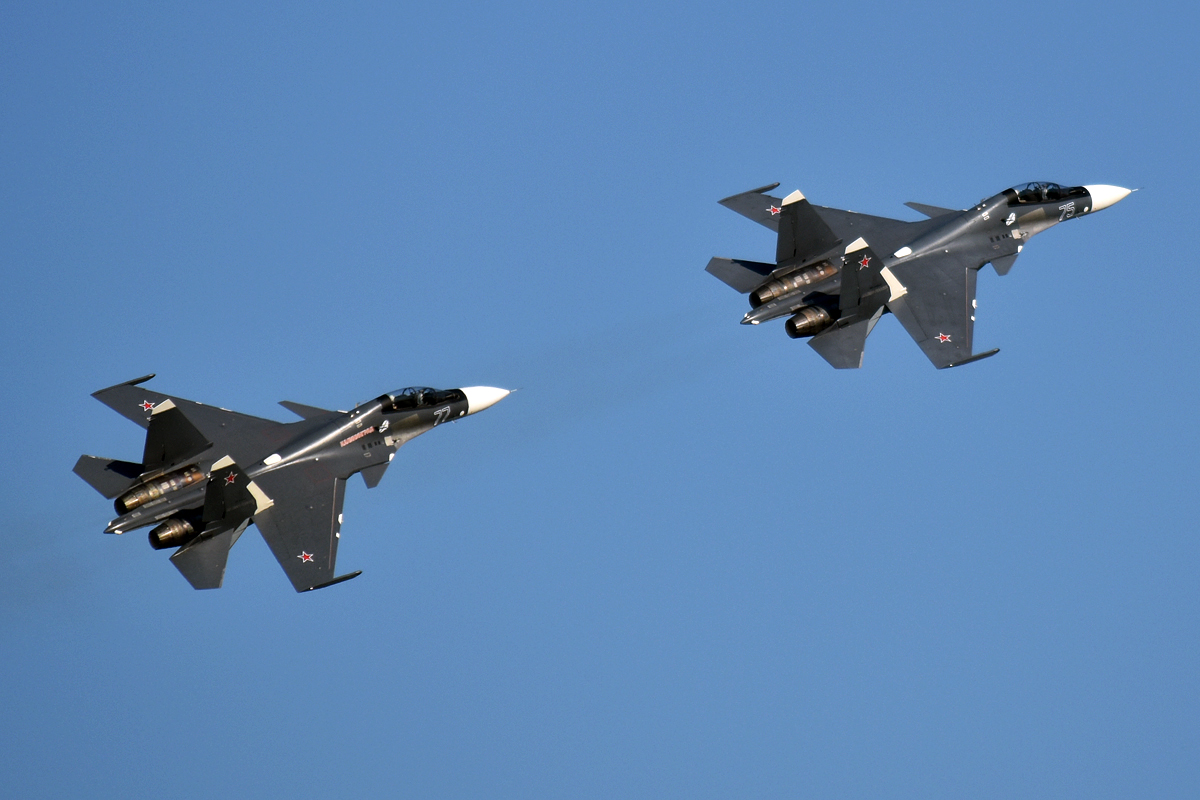



 Satellite images of
Satellite images of  Vorkuta Airfield as of August 2, 06:58 UTC
Vorkuta Airfield as of August 2, 06:58 UTC